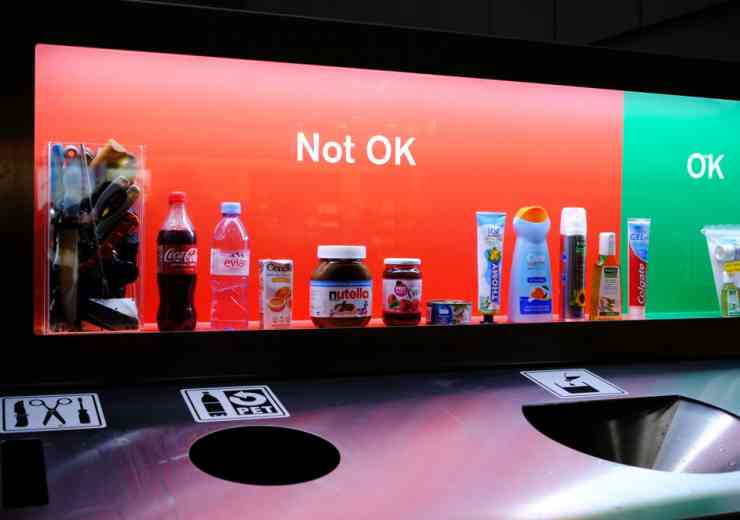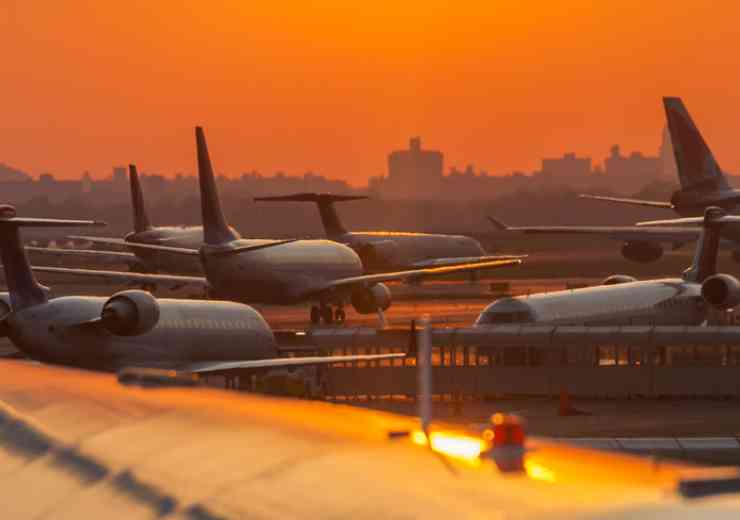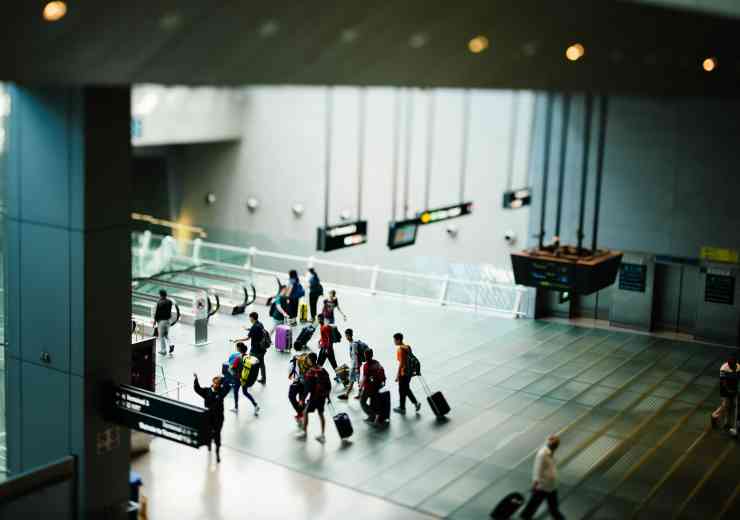
Working towards a unified aviation security
Matthew Vaughan, director of aviation security and cyber at the International Air Transport Association (IATA) investigates the evolving security needs in the age of global aviation.
Flying is secure. Yet, the threat to civil aviation from terrorism is dynamic and unyielding.
This risk demands a dynamic and forward-thinking approach to security. Since the tragic events of 9/11, the focus of aviation security has progressively shifted from countering large-scale hijackings to preventing more nuanced threats, such as the smuggling of explosives and the movement of foreign terrorist fighters (FTFs) as defined by United Nations Security Council Resolution 2178 (2014).
These evolving threats highlight the complex and adaptive nature of those targeting civil aviation, necessitating an equally adaptive response from the aviation security sector.
Rationale for a public utility model
Traditional methods of aviation security, which are reactive and fragmented, have become inadequate. Airport security checkpoints appear similar to those in the 1970s, now with more threat-based restrictions and use of technology.
Ever since the 2006 liquid terrorism plot in the United Kingdom, 17 years ago, a fragmented mix of passenger restrictions persist. These lack a cohesive international strategy, despite the rarity of such threats repeating. This absence leaves governments without guidance on how to phase out liquid-related security measures based on risk assessment.
In the International Air Transport Association’s (IATA) Annual Security Report, we argue for viewing differing security approaches as opportunities for change. Focusing on protective outcomes can enable a shift to more risk-based security protocols, especially evident in how domestic aviation systems handle passenger volumes at screening checkpoints. Not all passengers need constant screening. Demographic and technological advancements offer benefits.
However, the current government approach often unintentionally hinders innovation and stakeholder confidence in addition to raising operational costs. Aviation security, pitted against terrorism threats, becomes a “zero-sum game”.
As a result, we suffer from governmental responses to past terrorism acts and live with reactive preventative measures. Passengers are frustrated. IATA’s Global Passenger Survey consistently places security processes among the top three inconveniences. Many have expressed willingness to share more personal information for a seamless travel experience.
The concept of treating aviation security as a public utility is rooted in the understanding that the safety of aviation is a common good that benefits all segments of society. This approach advocates for a unified, standardised system that prioritises the collective security and convenience of passengers while optimising operational costs.
Vision for the future: reimagining aviation security
Envisioning aviation security as a public utility leads to a conceptual framework where security is not just a series of checkpoints and screenings but a comprehensive, cohesive, and adaptive system that prioritises the safety, efficiency, and convenience of the global traveling public.
This vision encompasses the development of a standardised security protocol that leverages demographic and technological innovations to streamline passenger processing, without compromising on safety.
The integration of automated screening lanes, biometric identification systems, and AI-driven analytics for risk assessment can revolutionise the passenger experience, allowing for a more seamless journey from curb to cabin. This approach not only addresses the operational challenges posed by rising passenger volumes but also mitigates the risk of complacency and human error in security operations.
Furthermore, the digital age has highlighted technology’s impact on global safety. Improvements in data sharing and intelligence, facilitated by international cooperation with organisations like the ICAO, have been instrumental in enhancing threat assessment and risk management. However, technological advancement and the adoption of new methodologies in security operations have been uneven, leading to disparities in security standards across regions and airports.
While challenges in balancing effectiveness, privacy, and passenger convenience remain, the continuous advancements in technology and international cooperation provide a strong foundation for the future. IATA envisions a passenger security experience where travellers can journey with all allowed items packed in their bags without having to remove them, undergo a physical and/or digital screening only once, irrespective of subsequent travel destinations.
With 2024 marking the ICAO Year of Facilitation, any aviation security strategy ought to be focusing on enhancing the passenger experience, reducing airport congestion, optimising cost across the supply chain, and ultimately be encouraging air travel and tourism.
Operationalising the vision
Operationalising this vision requires innovation, collaboration, and transparency. By fostering a risk-based approach, encouraging technology investment and pilot programs, aviation security can surpass the limitations of the current approach. This transformation also necessitates reevaluating passenger security fees and funding, ensuring investments enhance security effectiveness and passenger convenience.
Conclusion: charting a path forward
As the aviation industry stands at a crossroads, the shift towards a public utility model for aviation security represents a bold step forward. This approach not only promises to address the evolving spectrum of threats in a more effective and efficient manner but also aligns aviation security practices with the principles of accessibility, reliability, and public service.
By embracing this model, the aviation sector can ensure that it remains a pillar of global mobility and safety, prepared to meet the challenges of the future head-on. By challenging preconceived notions and embracing a culture of continuous reform and adaptation, we can strengthen our collective resilience against terrorism, and safeguard the future of civil aviation.
Let us not underestimate the critical role of aviation security in the broader fight against terrorism, as we strive for a future where safety, security, and convenience converge in our skies.
digital issue



















